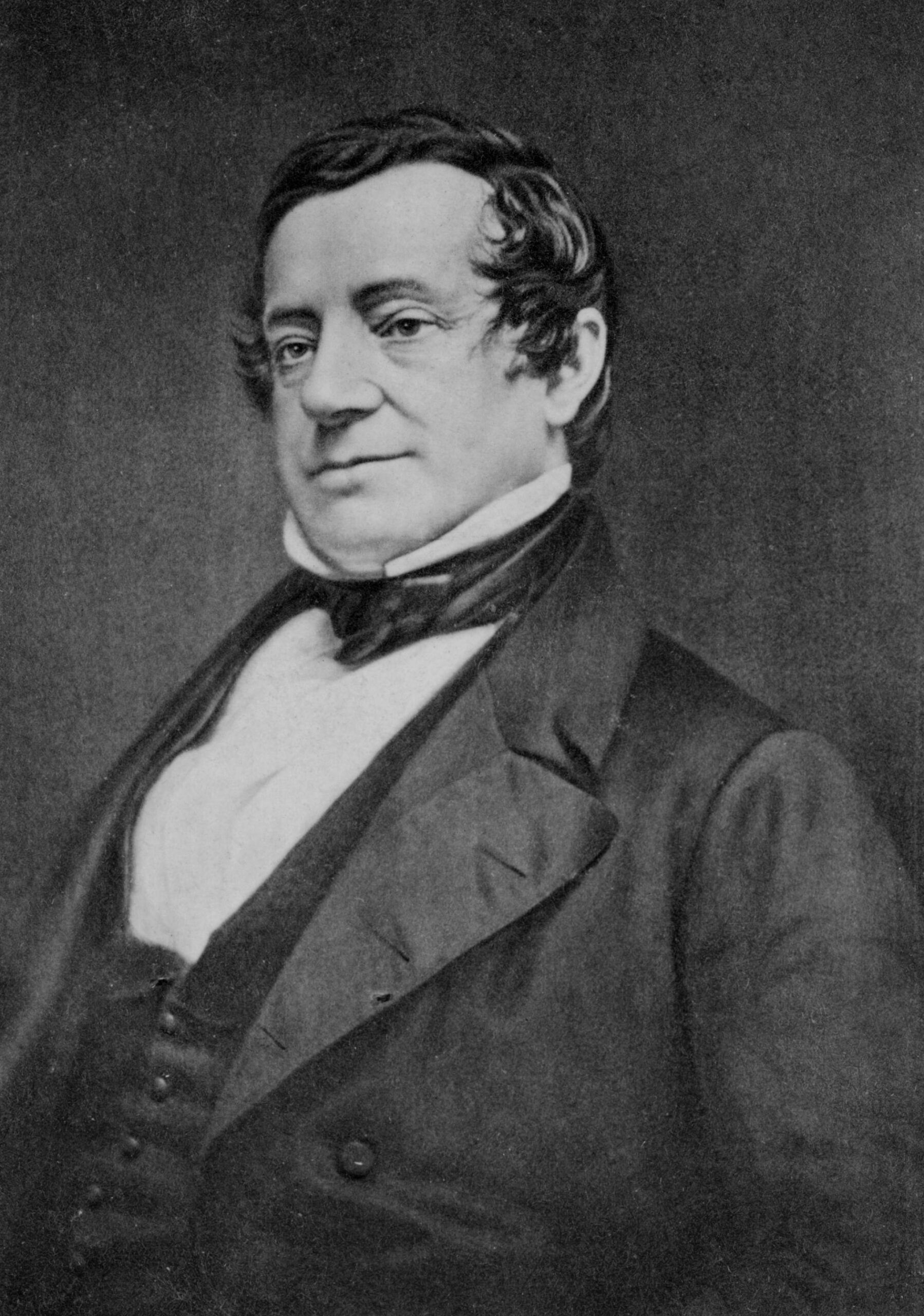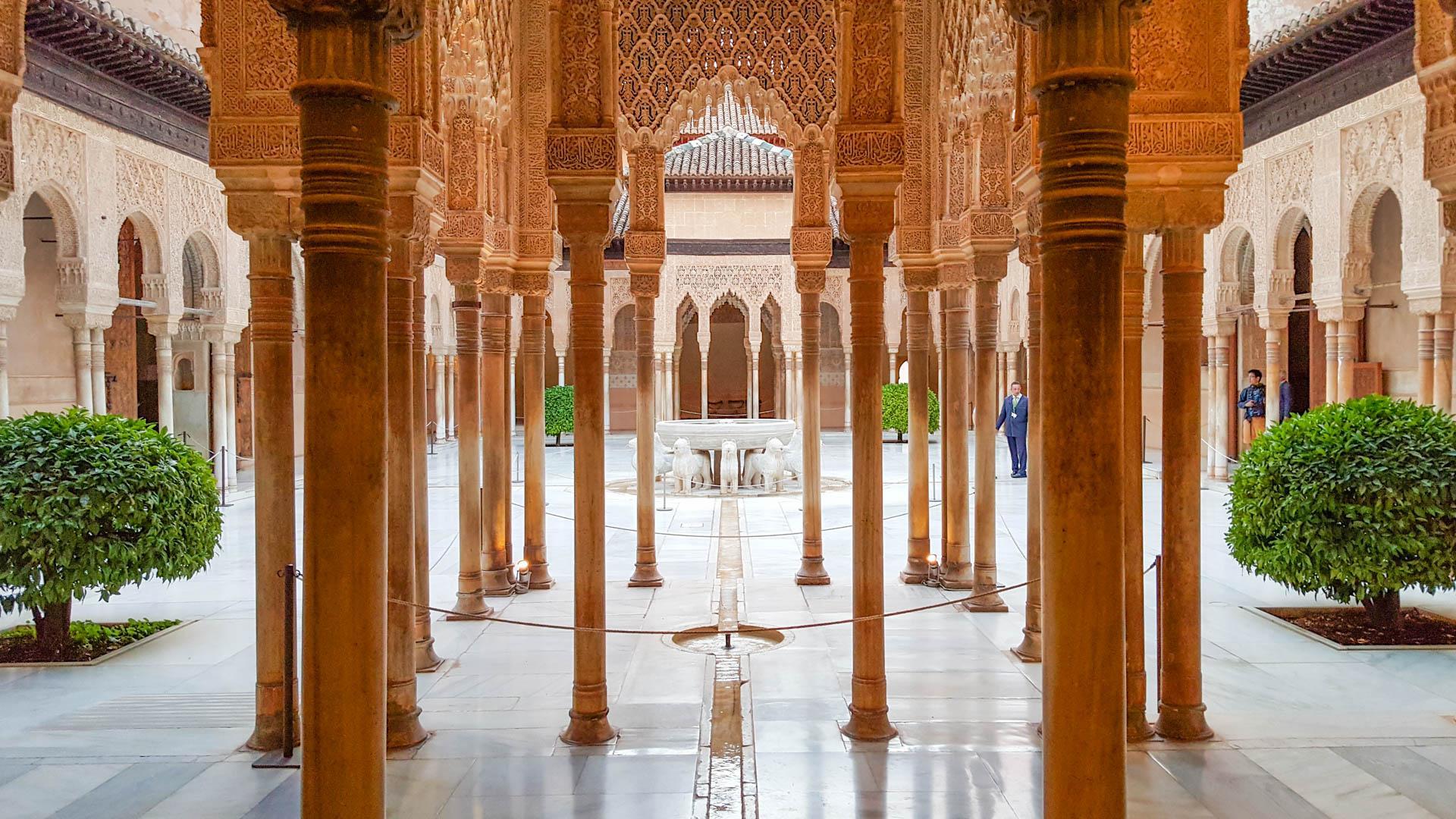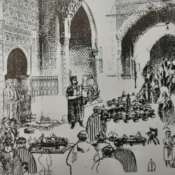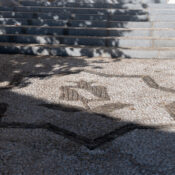The Alhambra of Irving

The Alhambra of Irving
"Washingon Irving lived for some time in the Alhambra itself, which was then inhabited. It housed a picturesque troop of average and modest people (...) Men and women (...) are extraordinarily happy (...) to enjoy without limits the starry nights or the singing of birds at dawn. And to add to these innocent gifts the lying fables, the fantastic evocations of the glorious days of the Alcázar."
In order to better understand Washington Irving's vision we have to talk about an event that occurred in the Alhambra that, although very important, is barely known: the city of the Alhambra, after the Napoleonic invasion in 1810, would become a practically marginal neighborhood of the city of Granada.
Irving was born in New York in 1783 and we can distinguish two different facets of his person: that of a writer and that of a historian. As a writer he is considered a pioneer of American literature although his compatriots called him "European"; As for the figure of the historian, it is obligatory to mention that he is the prototype of the romantic historian: someone who mixes history and legend, giving much more importance to the latter.
He visited the city of Granada twice, the second time being when he stayed at the Alhambra. Upon arriving, going up the Cuesta de Gomérez and the Puerta de la Justicia being the first thing he saw, he meets a curious character, a tall and skinny farmhand, with a threadbare brown cape, whose purpose, no doubt, was to hiding the tattered state of his undersuit, called Mateo Jiménez. He offered to show him the place, and although Irving was quite reluctant because he did not like those officious ciceros, he finally accepted after Mateo explained that he was a son of the Alhambra and that he knew the place better than anyone.
The author himself tells us that if he had wanted he could have stayed in the Palace of Boabdil and that Dolores, another daughter of the Alhambra, told him that the Moorish kings locked up women as if they were nuns. Irving would get to know the Alhambra in the company of these children of the Alhambra, but especially with the help of Mateo, who told him stories like the one about the hand and the key, the murmurs that were heard at night in the Patio of the Lions (where Irving had breakfast on some occasions), and the enmities between the Abencerrajes and the Zegris and many others. It was all these stories, transmitted from the times of Mateo's grandfather, added to the Mediterranean climate and the beauty of the place itself, that inspired Irving to write and later publish his famous Tales of the Alhambra.
Therefore, what we see reflected in Irving's stories is an Alhambra imagined in times past, orientalist, of sultans and princesses with their intrigues and fights, and seasoned with that mystification of its rooms.
Another of Irving's most famous books is The Legend of Sleepy Hollow, which many of you will know from Tim Burton's film adaptation. Well, although this book predates the author's visit to Granada, he was already familiar with some of the fantastic stories that haunt the city. We leave you a brief fragment of the Nasrid legend of an Andalusian named Tarfe:
"When at nine o'clock in the day / a Moor has shown himself / On top of a black horse / with white spots spotted (...) Garcilaso, although he was a young man, / showed plenty of courage; / He gave the Moor a spear / under the armpit; / The Moor fell dead, / he was lying in the field / Garcilaso with alacrity, / has dismounted from his horse; / He cut off his head / and hung it on the pommel."
All categories
- Arquitectura islámica
- Arte y decoración en la Alhambra
- Visitors Tips
- Cultura andalusí
- Granadian Sayings
- Folklore
- Granadian Cuisine
- Granada
- Granadian Province
- Alhambra History
- Distinguished Granadians
- Useful information
- Granadian Literature
- Granadian Literature
- Magic, legends and mystery
- Granadian Miscellany
- Granadian Nostalgia
- Granadian Traditions
- Granadian Traditions
- Guided tours
Latest posts




